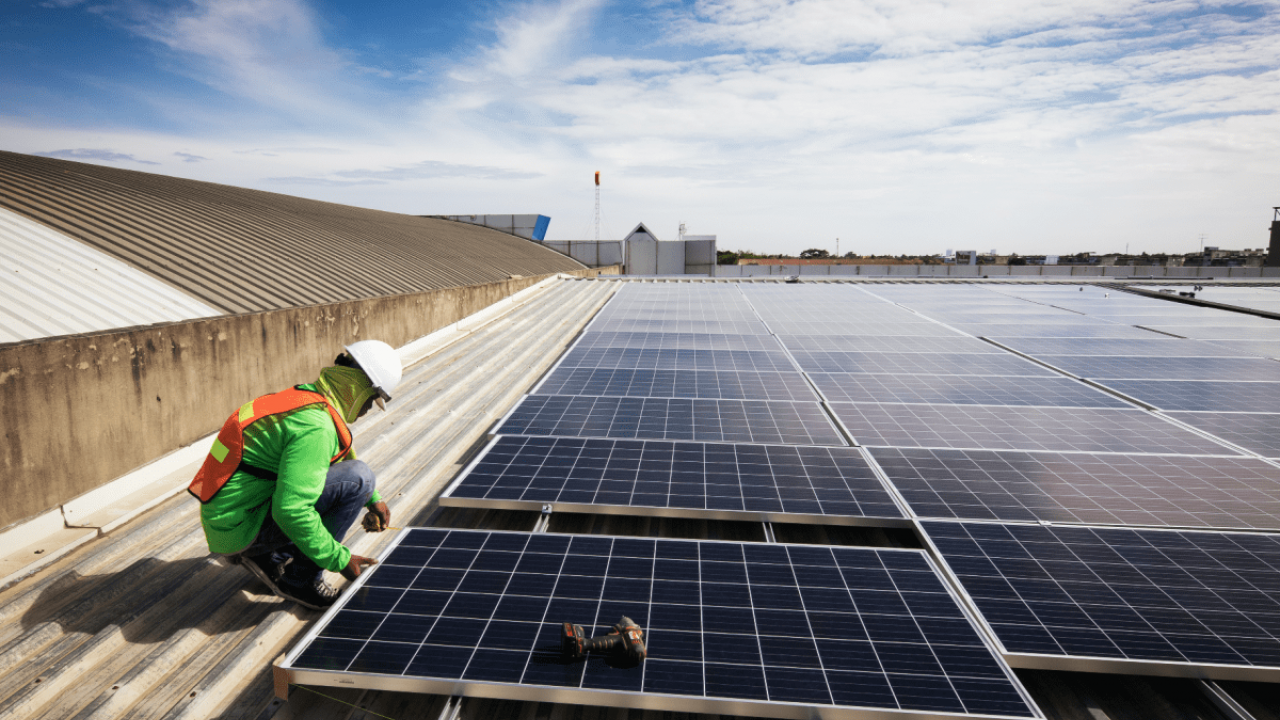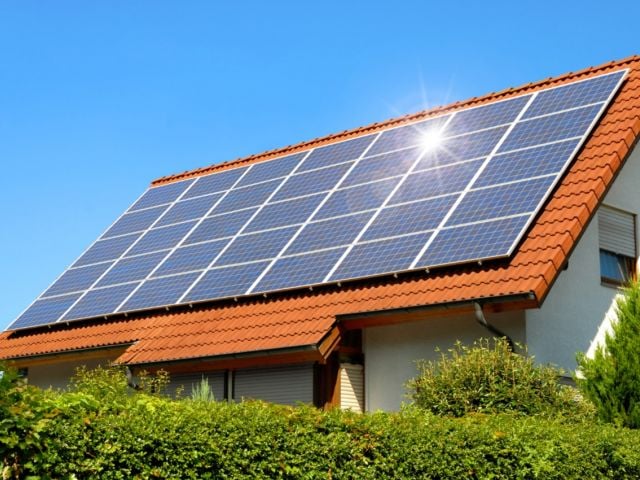
The Trump administration is not only trying to revive the dying coal industry, but is working to slow the rapid growth of solar power. It is slapping punitive tariffs on imported solar panels and proposing to slash federal funding for solar research.
But at the state and local levels, governments and citizens continue to invest in a future where all Americans share the economic and environmental benefits of solar power.
Last week, California became the first state to require solar panels on most new homes, beginning in 2020. With California home prices already at astronomical levels, naysayers complained that the mandate will add an estimated $10,000 to the cost of a new home. But consider the savings.
The California Energy Commission expects the new policy to cut energy use in new homes in half. It will add an estimated $40 a month to the average mortgage, but homeowners will save up to $80 on their monthly electricity bills. According to the Institute for Local Self-Reliance, over the life of a 30-year mortgage, the average homeowner will save $14,000. The energy commission says the overall savings to residential utility customers over 30 years will be $1.7 billion.
Even homebuilders support the solar mandate.
“With this adoption, the California Energy Commission has struck a fair balance between reducing greenhouse gas emissions while simultaneously limiting increased construction costs,” said Dan Dunmoyer, head of the California Building Association.
Another innovative policy to push solar was adopted this month in Athens, Ohio. By a vote of more than three to one, voters supported adding a carbon fee to their utility bills, to be used to fund solar installation projects on public buildings. The fee, expected to add $1.60 to $1.80 to the average monthly bill, should also provide an incentive for residents to reduce their energy use.
Eddie Smith, director of the Southeast Ohio Public Energy Council and also an Athens township trustee, said the carbon fee will raise awareness about the threat of climate change.
“It’s having dialogue about the damage that comes from fossil fuel energy production, and over time shaping a culture that understands how incredibly damaging those byproducts are,” Smith told The Athens Messenger. “If we’re ever going to have an efficient energy economy, we have to have a culture that embraces charging and capitalizing into the rate of energy those damages from fossil fuel energy production.”
Solar power has been most widely embraced by homeowners with higher incomes. But 10 states have programs to expand solar access to lower-income households. Illinois’ Solar for All Program is funded by charges on residents’ utility bills and through the Illinois Power Agency.
The program funds initiatives to put solar panels on homes and apartment buildings in lower-income neighborhoods, investment in community-wide solar programs in designated environmental justice zones, and grants to nonprofits serving those communities. It also includes training in solar installation jobs for lower-income residents.
These and other innovative programs show that leadership in the development of renewable energy doesn’t have to come from the federal government. As one solar industry executive told CNN Money, "Solar's future is secure even in the face of temporary poor federal policy."


